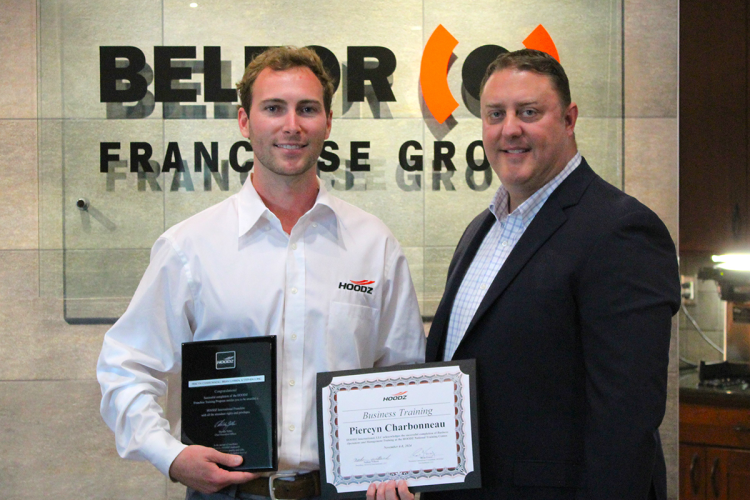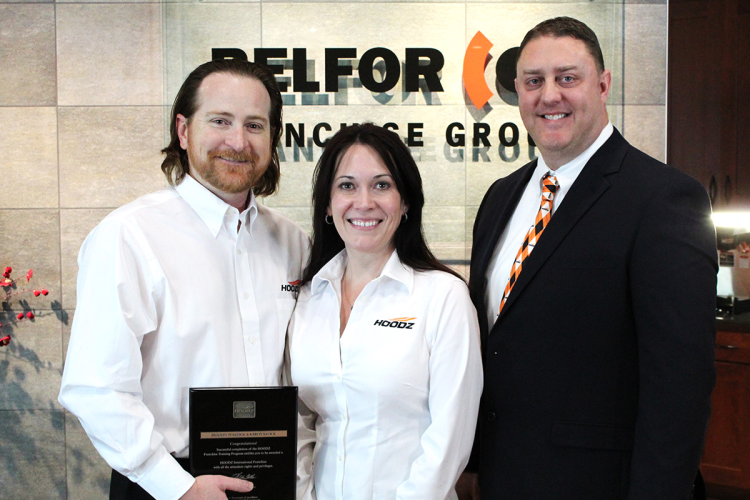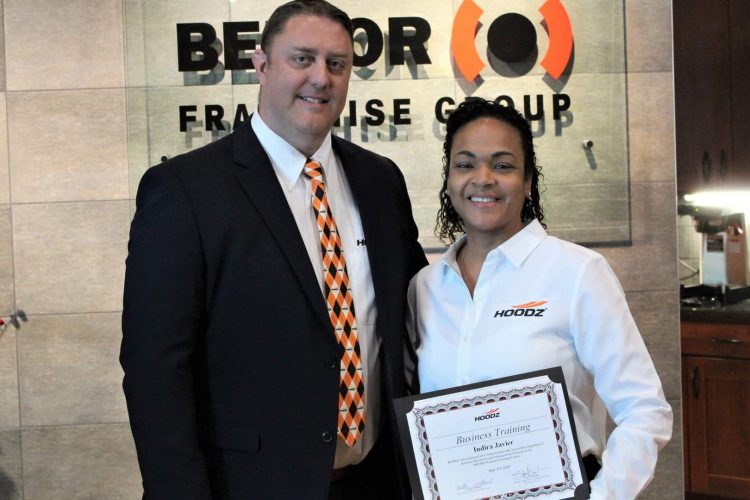Sizzling wings, crispy fries, juicy burgers, MmmHmm!
These are all foods we (and our customers) love to eat. But, the process of cooking them can cause a lot of grease to build up in kitchen exhaust hood systems. Unfortunately, if not cleaned properly by professionals, this buildup often leads to serious fire hazards.
Restaurants may vary the different types of delicious food they prepare and serve their customers. But no matter the type, each restaurant contains similar fire risks when engaging in cooking activities. The cook line, hood filters, rooftop exhaust fan, and ducting are all potential fire hazards for commercial kitchens.
In fact, according to the NFPA’s most recent study of fires in eating and drinking establishments, cooking equipment is the leading cause of restaurant fires. In addition to cooking equipment, the following sources round out the top 5 common causes of restaurant fires:
Cooking equipment
Cooking equipment is responsible for 61% of restaurant fires
- 31% of these fires involved deep fryers
- 18% involved cooking ranges
- 11% involved cooking grills
Electrical distribution and lighting equipment
Faulty appliances, worn or faulty electrical wiring, improper use of electrical outlets, and worn-out breaker boxes are responsible for 9% of restaurant fires.
Heating equipment
Heating, ventilating, and air conditioning (HVAC) systems are responsible for 9% of restaurant fires.
Smoking materials
Cigarettes are responsible for 7% of restaurant fires. Many smoking fires are started near trash cans.
Intentional
Arson is responsible for 4% of restaurant fires.
These top five causes account for 90% of all restaurant fires recorded by the NFPA. It’s also worth noting that a whopping 22% of the restaurant fires involving cooking equipment were caused by failure to clean kitchen equipment, which is 100% preventable.
Quick Fact: Did you know that 10:00 am is the peak time for restaurant fires?
Keep It Clean
The NFPA’s findings emphasize the importance of fire safety and prevention for the restaurant industry, especially as it relates to commercial kitchen cooking equipment. As the leading cause of restaurant fires, cooking equipment should be cleaned and regularly maintained to prevent these fires from occurring. Restaurant cooking equipment is different from equipment in your home and requires a lot more maintenance. Fast food establishments and other facilities that perform a lot of grilling and frying produce an average amount of 150 to 250 pounds of grease per week and up to 1,000 pounds per month! This means they need to be cleaned and maintained frequently to keep their fire risk as low as possible.
Your kitchen exhaust hood system should be your top priority when cleaning because these are the systems that remove the heat, smoke, and grease vapors that accumulate during cooking. By properly degreasing your exhaust hood and ducts, you minimize the highly flammable grease that builds up in these systems.
Quick Fact: Did you know that restaurant fires are the most prevalent during the weekend on Saturday and Sunday?
NFPA Fire Standards
Is your restaurant up to date with the current fire code? Your restaurant should meet NFPA 96 Standards, which include the maintenance and cleaning of commercial cooking equipment and exhaust hood systems.
The NFPA calls for different cleaning frequencies depending upon the type of facility and type of cooking taking place in the establishment. NFPA-standard frequencies include:
As a restaurant owner, it is imperative to comply with these standards to pass fire marshal inspections, and, ultimately, to prevent fires.
How HOODZ Can Help!
A shiny hood in the kitchen after cleaning does not mean those hard-to-reach and even harder-to-see areas are clean. At HOODZ, we provide comprehensive cleaning and maintenance solutions to ensure that your kitchen exhaust system is compliant with the National Fire Protection Association Standard 96, IKECA ANSI C-10 Standard, and Local Jurisdiction Requirements. We also provide documentation to show proper maintenance of your exhaust system. Find our nearest location here – we look forward to servicing your facility!


